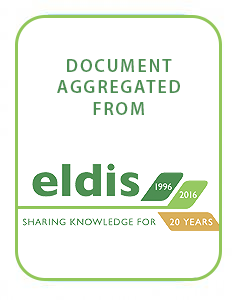Water rights and wrongs: a young people's summary of the United Nations Human Development Report 2006, Beyond Scarcity: power, poverty, and the global water crisis
Aimed at young people, this booklet presents key points from the 2006 Human Development Report on water scarcity and its effects on human life. The report is user-friendly, using photographs and illustrations, stories from young people, basic data on the health effects of poor-quality water, and examples of efforts to bring water to poor communities.

